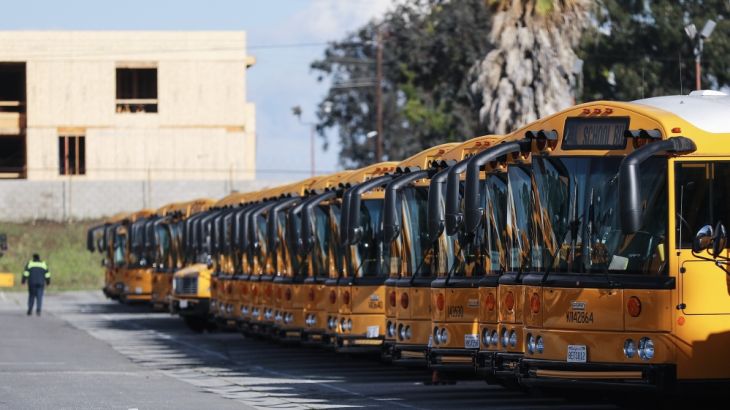
School in the time of coronavirus
How are students and parents affected as more local governments across the United States shutdown schools?
As restrictions enforcing “social distancing” from coast to coast come into effect, the majority of school districts in the United States sent children home for two to four weeks.
The scope of the decision is huge, and has sent parents of students scrambling for a plan. The US has 56 million students in schools and 20 million in universities.
Keep reading
list of 4 itemsMexico’s teachers seek relief from pandemic-era spike in school robberies
‘A bad chapter’: Tracing the origins of Ecuador’s rise in gang violence
Why is the US economy so resilient?
While the transition to homeschooling and e-learning has been smooth in some districts, in others it has been haphazard, with no guidance for students and parents. The duration of the shutdown depends on the spread of the pandemic in the country, so it is difficult to gauge the long-term effects.
About 20 million students get free meals at school, and some schools have created “drive-thru” stations where parents can pick up the meals at remote locations.
But access to technology is more complicated. Even if some schools and universities rapidly move to e-learning, they will find that millions of their students do not have steady access to the Internet, or do not have access to computers at their homes. Teachers and professors may vary wildly in their skills using distance learning.
Join Steve Clemons and his panel of experts as they discuss the ramifications of school closures in the US.
Guests:
Dr Marcus Plescia – chief medical officer of the Association of State and Territorial Health Officials
Mika McKinnon – scientist focused on natural disasters and e-learning
Marc Porter Magee – founder of 50-State Campaign for Achievement Now nonprofit education advocacy group